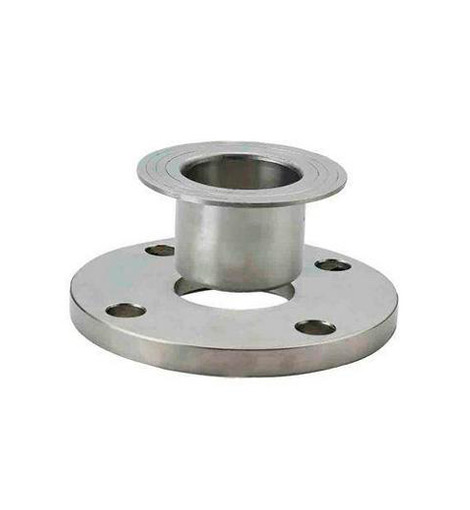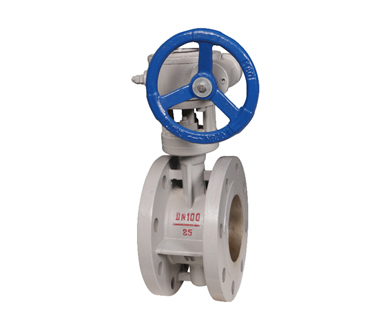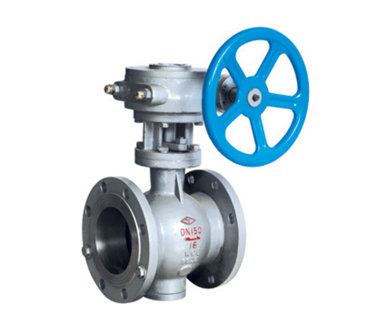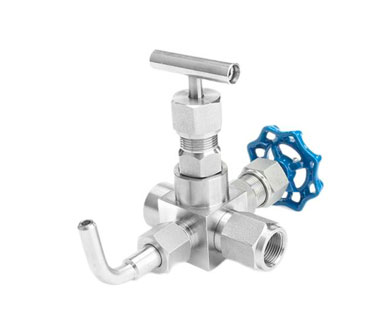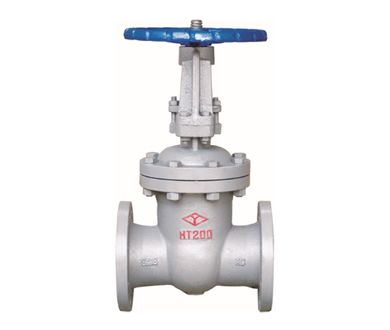Loose Flange
MstnLand's series of loose flange is usually produced with the size ranging between DN15‐DN600. Loose flange is a two-piece component. The first piece is known as a stub end and the second piece is referred to as a backing flange. As for the stub end, which is a sleeve and is shaped similar to a short piece of pipe. This flange has a narrow shoulder on one end, with the other end or the hub that has been butt welded. The dimensions of the narrow shoulder are like the raised face of the flange, whereas the butt weld end of the stub-end is similar to the neck of a weld neck flange, down to the diameter and thickness. The back face of the hub of the loose flange is produced 0with a rounded transition that attaches the hub to the sleeve. MstnLand also has other flange for sale, welcome to contact us.
CONTACT
Body material: | Carbon Steel, Alloy Steel, Stainless Steel |
Size range: | DN15~600 |
Pressure rating: | CLASS 150lb~2500lb |
Sealing surface | FF |
Applicable medium: | Water, Steam≤1.0MPa, Oil&Gas |
Applicable industry: | Pipelines with large fluctuations in temperature or pressure or pipelines with high temperature, high pressure and low temperature and also used to transport expensive media, flammable and explosive media and toxic gases. |
Design & Manufacture: | API, ASME, ASTM, ANSI, BS, EN, DIN, JIS, ISO, SANS, GOST, GB. |
Loose flange vs Slip-on flange
1.Loose flanges have the freedom to swivel around the pipe. This facilitates the lining up of opposing flange bolt holes.
2.Lack of contact with the fluid inside the pipe leads to the greater durability of these flanges.
3.In piping systems which corrode or erode quickly, the loose flanges may be salvaged for re-use.
4. The pressure-holding capacity of lap joint flanges is little. But it is better than that of slip-on flanges.
5. The loose flange works as a backing ring on the stub.
6. The main advantage of loose flange is that the bolt holes can be aligned with the matching flange after the welds have been completed.
7. They allow rotational alignment capability.
8.Because of the structure of a loose flange, it can swivel around the stub end and pipe lining. When the piping system is assembe and disassemble frequently, it is better to use a Lap joint flange. It means the flange can work even the two flanges bolt holes are misalignment.
In a corrosive situation, the flange joints need to be exchange very soon. To a loose flange, only the stub end is touch with the pipe and fluid, the backing flange no need to touch it . It means you could only replace the stub end , no need to replace the backing flange, so the loose flange can decrease the cost of the piping systems. The backing flange and the stub end is seperated, so we can use two different materials for the two pieces. It can work for more complicated application.
1.Low cost installation
Less time needed to spent on ensuring the accuracy of the cut pipe.
2.They are somewhat easier to align
3.The slip-on flanges have low hub because the pipe slips into the flange before welding.
4.The flange is welded both inside and outside to provide sufficient strength.
They prevent leakage.
Loose flange can help
Due to the nature of pipelines, the loose flange connections and couplings can rarely be constructed in advance. The use of loose flanges allows workers to create a joint at any feasible location along the pipe.The worker simply cuts the pipe at the required location and places a loose flange at the end of the pipe. After carefully preparing the pipe for welding, permanently weld the loose flange to the pipe end. If a valve or elbow is required, the worker simply welds the flange to the elbow or valve and the pipe and the joint is made.
In many cases, pipes are welded together using straight pipe sections and loose flanges to form a complete pipe line. Whether hand welded or machine welded, pipes are assembled from straight cut ends of pipes that are welded together to form a nearly seamless pipe, with flanged joints installed at key points in the pipe. In these locations, loose flanges are welded to the pipe on both sides of the fitting, and the pipes are bolted together using washers and a number of hardened bolts.
Related Industrial Valves


 日本語
日本語  한국어
한국어  français
français  Deutsch
Deutsch  Español
Español  русский
русский  português
português  العربية
العربية  tiếng việt
tiếng việt  ไทย
ไทย 















